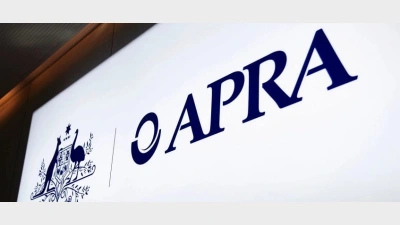Legg Mason changes distribution strategy



Legg Mason will hone in on institutional and intermediary markets after a major reshuffle of its distribution, client service and marketing departments.
The company said the move was a "direct response" to the convergence of the needs of asset consultants, institutional investors, platforms and intermediaries.
Traditional barriers between retail, institutional and platform roles have been broken down to allow business development managers (BDMs) to manage holistic client relationships across different business functions.
Legg Mason's Australian head Annalisa Clark said amalgamating the company's retail and institutional operations allowed it to service affiliates across the entire business model rather than across segments.
"Clients are increasingly demanding a higher level of partnering and tailored outcomes, so our new structure better reflects this servicing need," she said.
Nathan Masalski has been hired as a Melbourne-based BDM charged with promoting Legg Mason's products and affiliate fund managers to retail and institutional markets.
Masalski worked as a client relationship manager with AllianceBernstein and has also held client relationship or portfolio-analysis roles with HSBC Asset Management, Henderson Asset Management and UniSuper.
Beau Titchkosky, head of sales for Legg Mason Australia, said Masalski's strong technical knowledge and relationship skills aligned with the company's new direction.
"Nathan's appointment reflects a new direction in Legg Mason's Australian distribution strategy that focuses on servicing select key clients in high-quality relationships," he said
Legg Mason was still recruiting for a BDM and marketing manager.
Recommended for you
APRA’s executive director has urged super funds to strengthen leadership, operational resilience and member focus as public trust in the system faces fresh challenges.
The firm has appointed Aware Super’s Damian Graham as group chief investment officer to unify its life and funds management teams.
Ethical super fund Australian Ethical has announced the appointment of Anthony Lane as chief operating officer.
The structural shift towards active ETFs will reshape the asset management industry, according to McKinsey, and financial advisers will be a key group for managers to focus their distribution.










